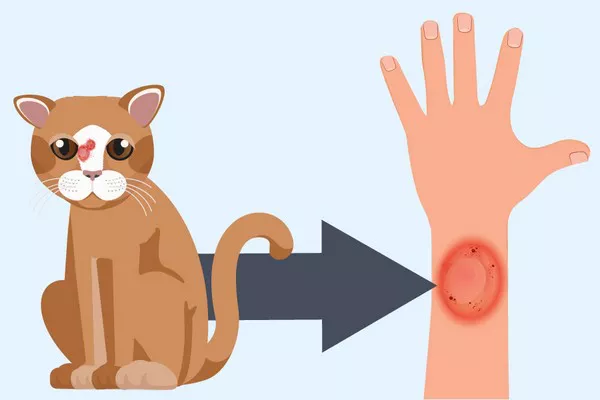Vitiligo is a skin condition characterized by the loss of pigment, resulting in patches of lighter skin. Among its various forms, focal vitiligo is a distinct subtype that presents unique characteristics and challenges. This article explores focal vitiligo in detail, delving into its symptoms, underlying causes, and available treatment options.
What is Focal Vitiligo?
Focal vitiligo, also known as segmental vitiligo, is a localized form of vitiligo where depigmentation occurs in specific areas of the skin. Unlike generalized vitiligo, which can affect multiple areas of the body symmetrically, focal vitiligo tends to be more confined and unilateral. It typically appears early in life and progresses for a limited period before stabilizing.
Symptoms of Focal Vitiligo
The hallmark symptom of focal vitiligo is the appearance of depigmented patches on the skin. These patches often develop along dermatomes, which are specific areas of skin supplied by a single spinal nerve. As a result, the depigmentation tends to follow a dermatomal distribution, affecting one side of the body and staying confined to that region.
The affected patches usually start as small, light spots that gradually enlarge over time. They may appear on the face, trunk, or extremities, depending on the specific dermatome involved. Focal vitiligo rarely spreads beyond its initial boundaries, which distinguishes it from other forms of the condition.
Causes of Focal Vitiligo
The exact cause of focal vitiligo remains unclear, but it is believed to involve a combination of genetic, immunological, and neurogenic factors. Researchers hypothesize that an autoimmune response targeting melanocytes—pigment-producing cells in the skin—may play a role in focal vitiligo. Additionally, abnormalities in the nerve cells supplying affected skin areas could contribute to the localized nature of the condition.
Genetic predisposition also appears to influence the development of focal vitiligo. Certain gene variants associated with autoimmune diseases and melanocyte function have been implicated in increasing susceptibility to vitiligo. However, the interplay of these genetic factors with environmental triggers remains an area of active investigation.
Diagnosis
Diagnosing focal vitiligo involves a thorough examination of the affected skin by a dermatologist or healthcare professional. The distinctive dermatomal pattern of depigmentation often helps differentiate focal vitiligo from other skin conditions, such as pityriasis alba or tinea versicolor.
In some cases, a skin biopsy may be performed to confirm the absence of melanocytes in the affected areas. Blood tests to assess autoimmune markers or thyroid function may also be recommended to rule out associated conditions.
Treatment Options
Managing focal vitiligo focuses on halting the progression of depigmentation and restoring skin coloration where possible. Treatment strategies vary depending on the extent and severity of the condition.
1. Topical Therapies: Corticosteroid creams or calcineurin inhibitors may be prescribed to suppress the immune response and encourage repigmentation of affected areas. These topical treatments are most effective in early-stage focal vitiligo.
2. Phototherapy: Light-based treatments, such as narrowband UVB therapy, can stimulate melanocyte activity and promote repigmentation. Phototherapy is often used in combination with topical treatments for optimal results.
3. Surgical Interventions: In cases where depigmentation is stable, surgical techniques like autologous melanocyte transplantation or punch grafting may be considered to restore pigment to affected areas.
4. Cosmetic Camouflage: Makeup or self-tanning products can be used to conceal depigmented patches and improve cosmetic appearance.
5. Psychosocial Support: Living with focal vitiligo can have significant psychosocial impacts due to its visible nature. Patients may benefit from counseling or support groups to cope with the emotional aspects of the condition.
Prognosis
The prognosis for focal vitiligo varies from person to person. In some cases, the depigmented patches stabilize without further progression, especially if treatment is initiated early. However, achieving complete repigmentation can be challenging, particularly for long-standing or extensive cases of focal vitiligo.
Conclusion
Focal vitiligo is a localized form of vitiligo characterized by segmental depigmentation of the skin. While the exact cause remains elusive, advancements in research have shed light on its immunological and genetic underpinnings. Early diagnosis and appropriate treatment can help manage symptoms and improve quality of life for individuals affected by this condition.
Ongoing research into the pathogenesis of focal vitiligo holds promise for the development of more targeted therapies aimed at restoring skin pigmentation and addressing the underlying autoimmune processes. With multidisciplinary care involving dermatologists, immunologists, and psychologists, individuals with focal vitiligo can navigate the challenges posed by this condition and achieve optimal outcomes.
Related Topics:


























